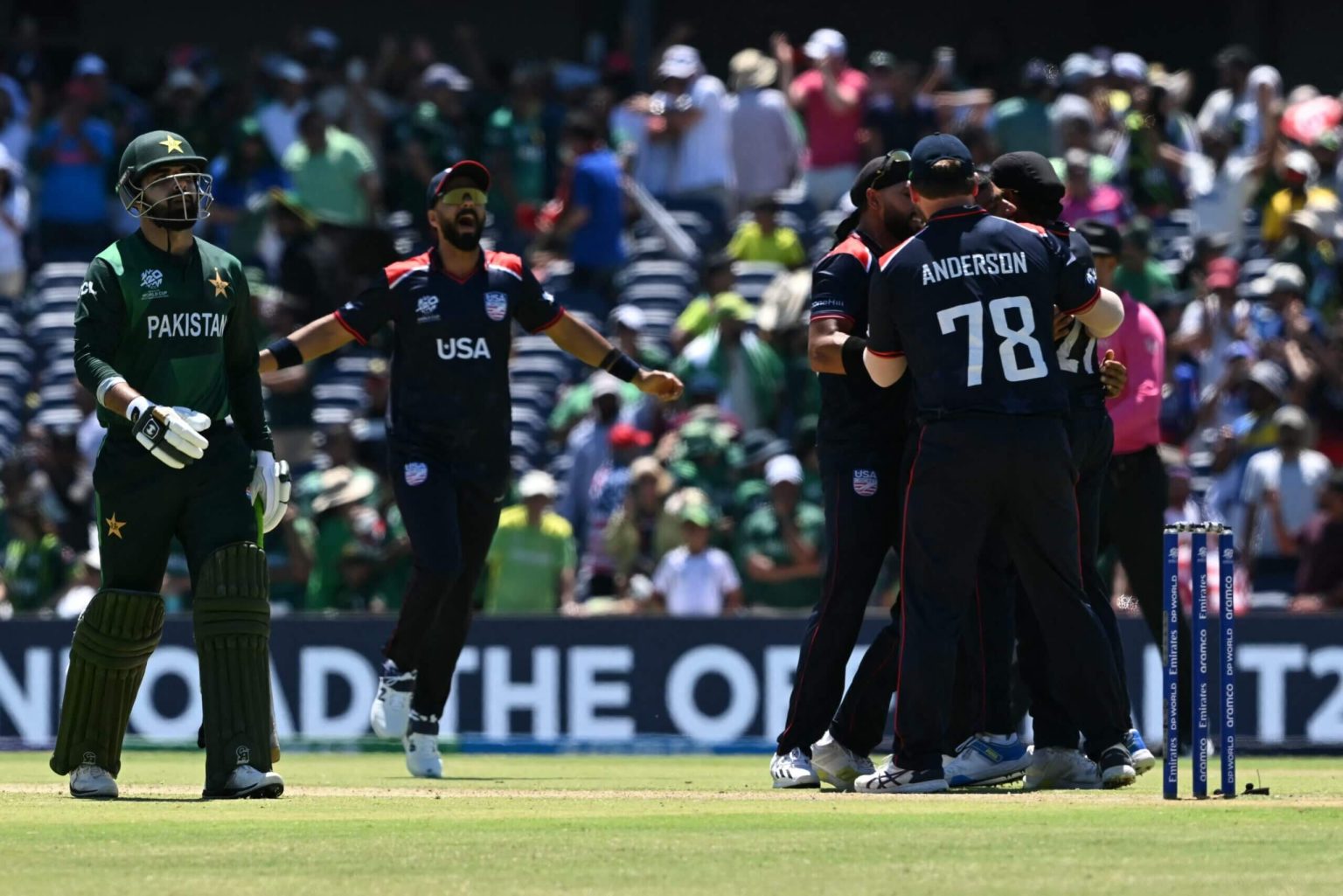As a baseball writer, the author is an expert in grown men in pajamas hitting balls with sticks, which is his job. He expresses frustration at not understanding cricket, despite being knowledgeable in baseball. When the United States defeated Pakistan in cricket, he decided it was time to learn more about the sport. He enlisted Richard Sutcliffe, a cricket fan, to help him understand the game.
Sutcliffe explains the basics of cricket to the author, including the roles of batters and bowlers, the concept of runs, and how players are made out. The author asks questions about the runners in cricket and how they score runs by running back and forth. Sutcliffe clarifies that teams have 11 players, and the runners continue scoring runs until they are all out, after which the opposing team bats.
The author is curious about how players get out in cricket, asking if bowlers try to hit them in the head with the ball. Sutcliffe explains that the bowler’s goal is to hit the stumps, and while sometimes the ball may bounce towards the batter’s head, protective gear prevents injuries. They discuss the excitement of watching the stumps being knocked out and reset.
The author compares the fascination with power and speed in baseball to cricket, asking if there is a similar interest in balls leaving the field of play and bowlers reaching high speeds. Sutcliffe confirms the appeal of powerful shots and bowlers exceeding 90mph. They discuss strategies for hitting and bowling in cricket and the thrill of speed and power in the game.
The author questions Sutcliffe about the absence of foul territory in cricket, wondering if this allows players to hit the ball behind them. They discuss strategies for hitting behind the batter and the potential for the ball to reach the boundary and earn runs. The author shares a screenshot from a video game, asking about the proximity of fielders to the batter and the risk of getting hit with batted balls.
They touch on the duration of cricket matches, noting that test matches can last up to five days. Sutcliffe explains the different formats of the game, including T20 matches that are shorter and more fast-paced. They compare the equipment and protection worn by American football players with that of cricket players. Sutcliffe shares his experience watching a baseball game in San Francisco and his appreciation for American sports.
The author concludes by thanking Sutcliffe for educating him about cricket and expressing his eagerness to attend a match. They discuss the term “duck” in cricket, which refers to a batter getting out without scoring any runs. Sutcliffe explains the origins of the term and the variations, including a “golden duck.” The author appreciates the insights into cricket and looks forward to learning more about the sport.


